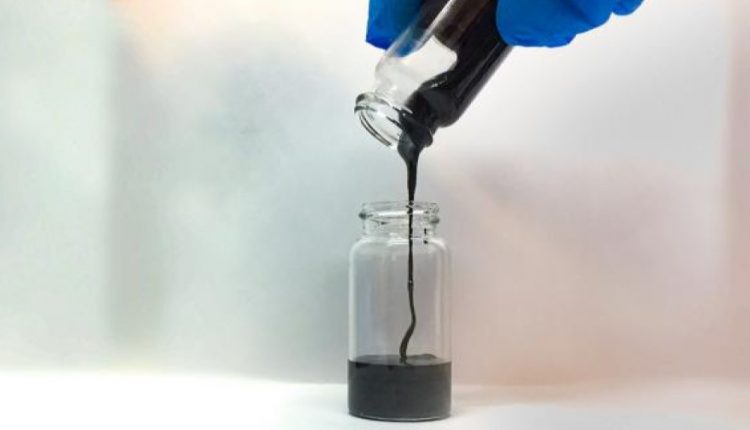
Lithium-based batteries are one of the most common types of rechargeable battery used in modern electronics due to their ability to store high amounts of energy. Traditionally, these batteries are made of combustible liquid electrolytes and two electrodes, an anode and a cathode, which are separated by a membrane. After a battery has been charged and discharged repeatedly, strands of lithium called dendrites can grow on the surface of the electrode. The dendrites can pierce through the membrane that separates the two electrodes. This allows contact between the anode and cathode, which can cause the battery to short circuit and, in the worst case, catch fire.
By incorporating a metallic lithium anode into a Lithium-ion battery, you open the potential for a battery with more capacity than a battery with a graphite anode.
And now researchers from Carnegie Mellon University’s Mellon College of Science and College of Engineering have developed this semiliquid lithium metal-based anode.
Other Solutions Don’t Cut It
One proposed solution to the volatile liquid electrolytes used in current batteries is to replace them with solid ceramic electrolytes. These electrolytes are highly conductive, non-combustible and strong enough to resist dendrites. However, researchers have found that the contact between the ceramic electrolyte and a solid lithium anode is insufficient for storing and supplying the amount of power needed for most electronics.
That’s why Sipei Li, a doctoral student in Carnegie Mellon’s Department of Chemistry, and Han Wang, a doctoral student in Carnegie Mellon’s Department of Materials Science and Engineering, created this new class of material that can be used as a semiliquid metal anode.
Li and Wang created a dual-conductive polymer/carbon composite matrix that has lithium microparticles evenly distributed throughout. The matrix remains flowable at room temperatures, which allows it to create a sufficient level of contact with the solid electrolyte. By combining the semiliquid metal anode with a garnet-based solid ceramic electrolyte, they were able to cycle the cell at 10 times higher current density than cells with a solid electrolyte and a traditional lithium foil anode. This cell also had a much longer cycle-life than traditional cells.
Why It’s Appealing
According to t researchers, this new processing route leads to a lithium metal-based battery anode that is flowable and has very appealing safety and performance compared to ordinary lithium metal. Implementing new material like this could lead to a step change in lithium-based rechargeable batteries, and we are working hard to see how this works in a range of battery architectures.
Why This Matters
The researchers believe that their method could have far-reaching impacts. For example, it could be used to create high capacity batteries for electric vehicles and specialized batteries for use in wearable devices that require flexible batteries. They also believe that their methods could be extended beyond lithium to other rechargeable battery systems, including sodium metal batteries and potassium metal batteries and might be able to be used in grid-scale energy storage.
